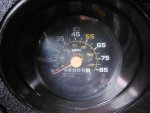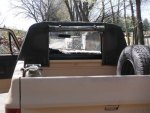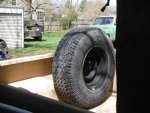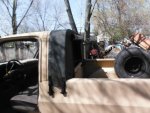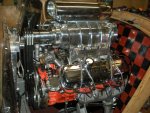- 34,010
- 1,827
- 113
- Location
- GA Mountains
12 hours in the saddle alone gives you plenty to think about stuff. Whilst running the CUCV pretty tight I was considering some issues. Now let me preface this by saying that I am not metallurgist and certainly not an engineer. I do have a little common sense and horse sense. On the subject of broken cranks, most folks seem to believe that this is a result of a bad or shifted harmonic balancer. With that said, many folks caution new CUCV pickup owners about exceeding 55mph unless you hey have a spare engine. The exception to this is cucvrus and indirectly myself. My broken crankshaft experience was with an 84 half ton with a 700R4, 3.08 gears and 27" tires. I'm starting to rethink this and wondering if lugging the 6.2 might be more of a cause than the balancer. Rick has run dozens of CUCVs right up against the governed and beyond without a single crank failure. My often driven CUCV has 121,000 miles and I run it up pretty tight. When stock in the low 60s and now with 4.10s near 70 MPH alot. My crank failure truck was lugged as a result of gearing. Any substantial opinions or facts to consume on this topic? I'm really starting to consider lugging might be a primary cause.



